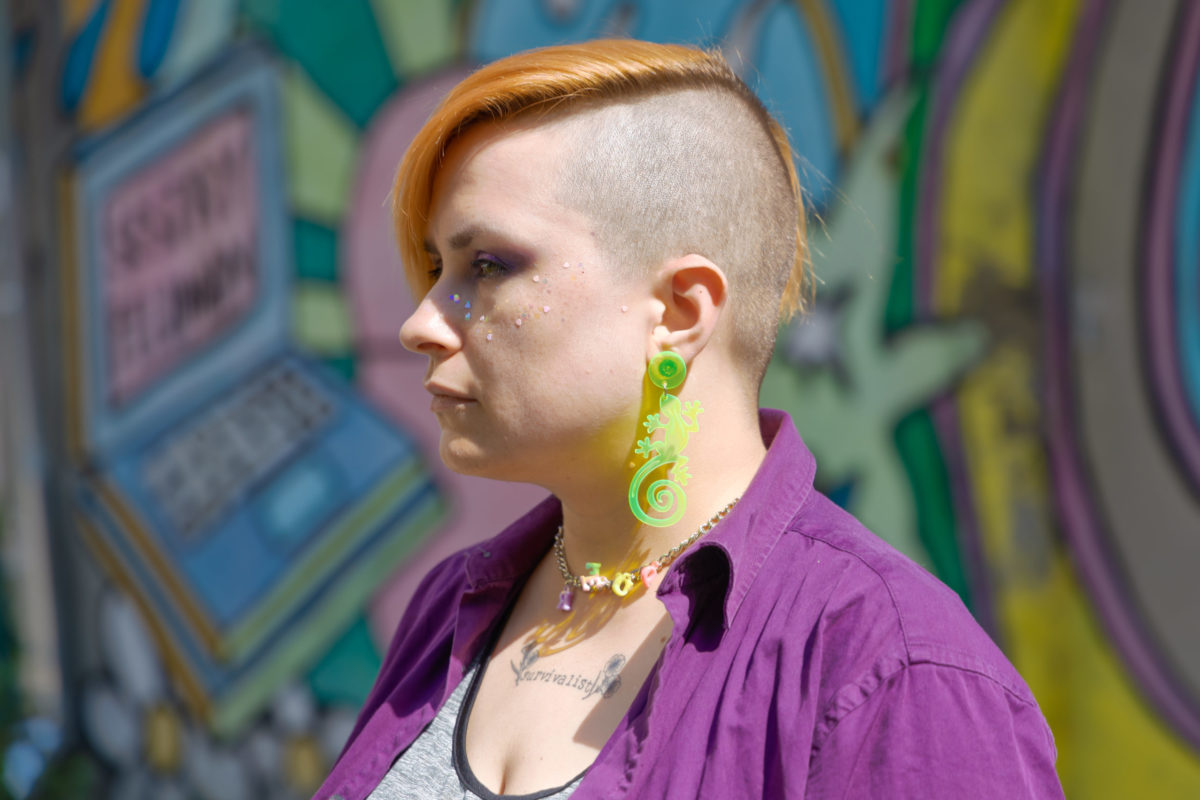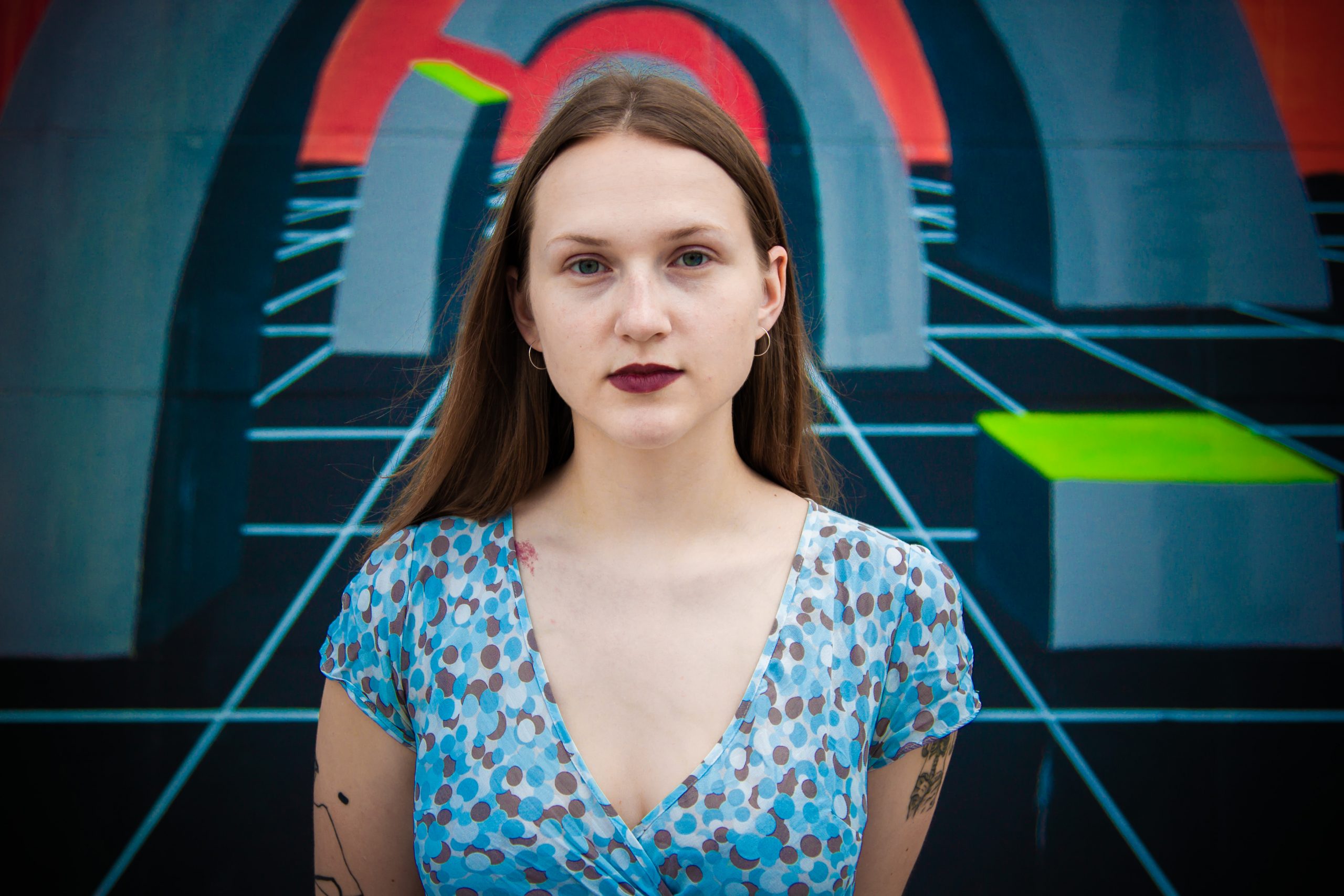Nonbinary Activist
On the Journey of Gender Transitioning
Editor: Bozhena Makovska
Translator: Maryna Isaieva
Photographer: Michael Tulsky
Edward Reese shares his insights on the challenges and developments in his life since our last conversation, focusing on his gender transition as a nonbinary individual in Ukraine.
“Previously, we discussed my plans to create a theatrical project about my experiences with domestic violence. Interestingly, my journey took a turn when I attended my first consultation for gender transitioning in preparation for the project. I’ve long wanted to take steps in this direction, but I lacked the opportunity while in an abusive relationship. Although financial constraints remain, I can no longer delay my transition. In Ukraine, trans individuals must obtain a psychiatric diagnosis. My visits to Pavlov Hospital not only highlighted this requirement but also inspired me to pivot my project towards a performative exhibition on transness and psychiatry.”
Edward emphasises the common misconceptions about trans individuals. “Often, discussions about trans people focus on surgeries, influenced by their portrayal in films, predominantly about trans women due to their higher visibility. The real-life experiences of trans men and nonbinary individuals remain largely unrecognised. I aim to document my journey, in hopes that Ukraine will soon adopt the ICD-11, which no longer classifies transness as a psychiatric disorder. This change would simplify the process, requiring only consultations with a psychotherapist and sexologist.”
Despite facing challenges at the psychiatric hospital, Edward’s activism provides him with a unique platform. “My experience, while traumatic, is not the worst. I’ve heard from younger individuals who faced mockery and bullying during their visits. As an activist, I can use platforms like TikTok to raise awareness and foster discussions, which is crucial since not many are speaking out.”
Addressing the invisibility of nonbinary and queer individuals in medical practices, Edward shares his personal adaptations during his transition. “I am a nonbinary person but for our medicine, nonbinary and queer people don’t exist at all. I’m going through the FTM transition because it is the only option. I had to present myself in the most masculine way possible, fearing that any deviation might be misconstrued by medical professionals. This included not shaving my facial hair and avoiding makeup, which are not practices I maintain in my everyday life.”
Edward also reflects on the differences in handling gender transitioning in Norway. “I spoke with a Norwegian psychotherapist, also a trans individual, who informed me about the adoption of ICD-11 principles there. Unlike in Ukraine, where individuals are expected to ‘cure’ other conditions before transitioning, in Norway, treatments can occur simultaneously, preventing additional psychological distress. My experience in Stockholm, attending a training for trans activists and visiting a gender clinic, highlighted the stark contrasts in treatment and options available, making it feel like two different worlds.”
Edward’s experiences navigating the complexities of gender transitioning in contrasting environments underline the profound need for a global shift towards more inclusive and understanding healthcare practices. As he continues to advocate and educate through his art and activism, Edward’s story serves as a beacon of hope and a call to action, inspiring not only empathy but also the necessary change in how society and medical institutions worldwide perceive and support the trans community.


